The fast-paced discoveries when it comes to automobile innovation are unstoppable. One minute we have an integrated GPS into the automobiles then the next thing you know, we have self-driving cars.
Vehicle technology is getting more and more sophisticated by the day. We won’t be surprised that the day will come when there won’t be steering wheels for every marketed vehicle out there. But what is it that makes these “modern” and “smart” cars the way they are?
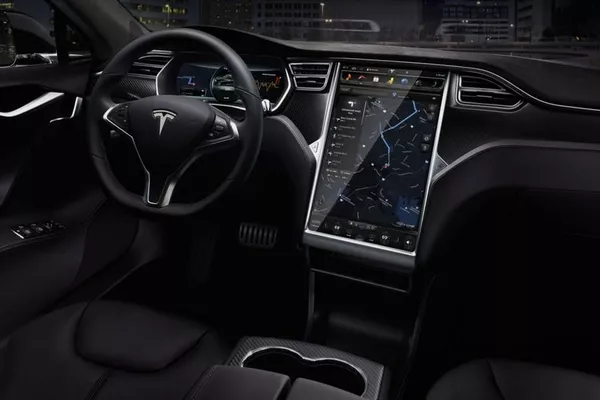
Vehicle technology is getting more and more sophisticated by the day
Most vehicles today are equipped with a variety of systems. These systems usually help each other so each can achieve their functionality. The primary goals of these smart cars are not to make every trip more comfortable, but also safer.
Each system integrated into your modern car is there to either make you feel more comfortable or to keep you safer. One example is the Blind Spot Detection and Warning Systems that focuses more on safety rather than comfort.
But what exactly is this “Blind Spot Detection and Warning Systems?” How do I use it? Will it make it harder for me to drive if I am used to less modern cars? Get all the answers to these questions in this article from Philkotse.com:
1. What are the blind spots?
In an automotive dictionary, a blind spot refers to the area around the vehicle that the driver couldn't see. The blind spots are usually caused by headrests, passengers, window pillars and other obstructions.
There are special mirrors that can help you deal with blind spots. Moreover, there’s also the Blind Spot Detection and Warning System. It uses various elements in your vehicle to let you know that there is a pedestrian, another vehicle or an object somewhere in your blind spot.
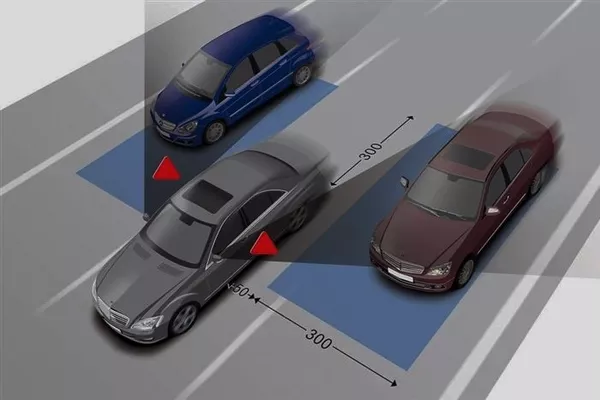
A blind spot refers to the area around the vehicle that the driver couldn't see
>>> Check out:
- Top 8 blind spot mirrors to buy in the Philippines
- What is a blind spot in driving & How to remove blind spots on your car
2. What is causing the blind spots in a car?
Whenever you’re driving a vehicle, everything that isn’t transparent becomes a blind spot. This pertains to vehicles that have large window pillars, smaller rear windows and these that have passengers and/or cargo.
The elements that cause blind spots are close to the driver. But the view that it blocks could be a mile away. A simple A-pillar can cause a blind spot that can hide cars and even trucks.

A simple A-pillar can cause a blind spot that can hide scars and even trucks
>>> Also check: Top 7 modern driver-assist features in cars today.
3. How does modern tech help to remove these blind spots?
Mirrors are one of the best ways to remove blind spots. The problem is that they can leave bid areas on the sides of your car. Adding a small convex mirror will allow you to see the elements that fall in these blind spots. The problem is that the images shown by the convex mirror are usually distorted. This makes it hard to judge how far the elements are from you.
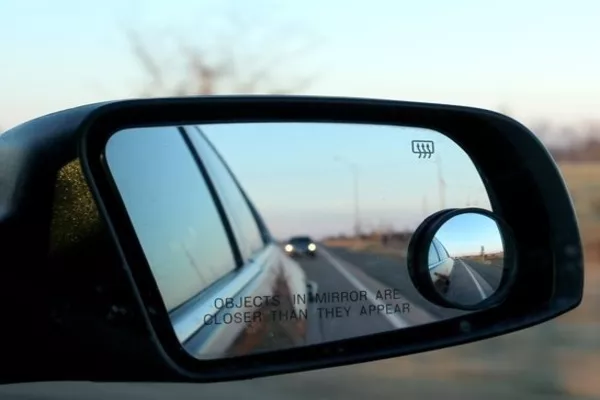
The images shown by the convex mirror are usually distorted
Today, we also have what we call the Blind Spot Detection and Warning System. This system uses other pre-existing systems in your car like the cameras and sensors. The cameras can give you a view of the sides of your vehicle.
There are also rearview cameras that can help you in cases like parallel parking and backing up. There are also systems that use sensors instead. It detects the presence of various other elements in the surrounding, including cars and people.
This information can be introduced to the driver in different ways, depending on the manufacturer. There are also blind spot systems that can tell you whether the object in your blind spot is large or small. The system will then alert you about its findings.
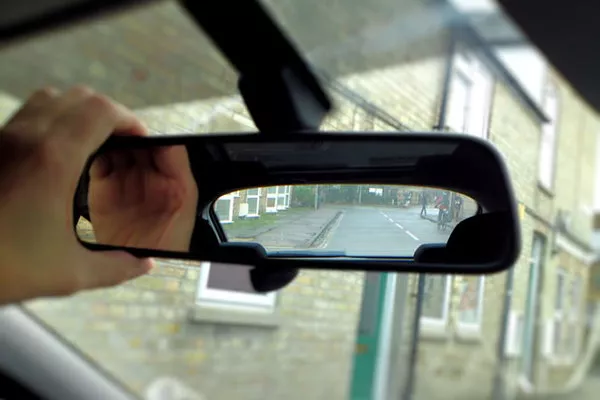
There are also rearview cameras that can help you in cases like parallel parking and backing up
Alerting the driver can be done in different ways. But this varies greatly depending on the model and variety of your vehicle. Some manufacturers choose to install an audio system that alerts the driver. There are also systems that alert you by displaying a warning icon on the side view mirror where the vehicle or pedestrian is.
>>> Grab your attention: All about auto-dimming rearview mirrors and how they work.
4. Which cars have this blind spot detection and warning system?
We’re at the age of continuous vehicular improvement. That’s why it won’t be surprising to see new vehicles equipped with advanced driver assistance systems or also known as ADAS.
Most of the automakers nowadays are racing against each other to offer their clients the best vehicles they could offer. These, of course, are equipped with their versions of the Blind Spot Detection and Warning System.

We’re at the age of continuous vehicular improvement
Two of the world’s most recognized automakers, Ford and Volvo, utilize sensor-based systems. The driver is then alerted if another vehicle enters any of his blind spots. Other leading automakers like Chrysler, Mercedes, Nissan also have their own versions.
There is also a way to advance systems that also come with blind-spot intervention systems. For example, if your system detects a vehicle or a person entering your lane, it will quickly alert you. If you chose to ignore the warning, the system could apply resistance to the steering wheel. This system can also be turned off if you wish or if it malfunctions.
>>> Maybe luxury cars will have these? Check out top luxury cars in the Philippines.
5. What if my car doesn't come with its own blind spot detection and warning system?
Other than the OEM systems that auto-manufacturers use, there are also aftermarket products that you can buy in the market. These aftermarket kits can be installed to virtually any vehicle.
This, of course, depends on how knowledgeable your mechanic is. Depending on your preferences, you can go for a system that is sensor or camera-based. These sets can vary in terms of prices and installation procedures. So, it's best to consult an expert first before making any sudden purchase.
7. Does this so-called “Blind Spot Detection and Warning System” actually work?
The Highway Loss Data Institute also has a few questionable concerns about this system. They say that the Blind Spot Detection System may not be helpful in reducing accidents. NHTSA also made their studies.
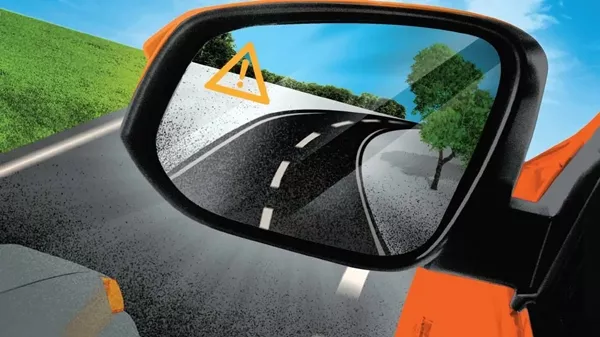
Does this so-called “Blind Spot Detection and Warning System” actually work?
There were still instances when the blind detection system failed to detect slow-moving elements in the same direction as the vehicle. The blind-spot detection system is supposed to aid drivers and reduce accidents. But it seems that the expectations don’t match up with the numbers.
In fact, another study conducted by HDLI showed disapproving results. They claim that the Blind Spot Detection and Warning System actually generated a higher level of insurance claims. These, of course, are mostly related to vehicle accidents.
Recent posts
- [Philkotse guide] 5 steps to do side-view mirror repair by yourself Nov 30, 2022
- What does Traction Control System (TCS) light mean? Aug 16, 2022
- How to install a rearview mirror in your car: 7 easy steps Jan 23, 2019
- Driver-assistance features and a peace of mind! Oct 04, 2018
- How to adjust rear-view mirrors for a safe drive Jul 06, 2018












